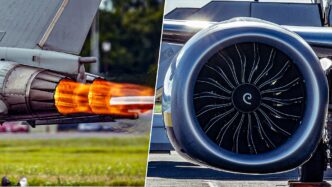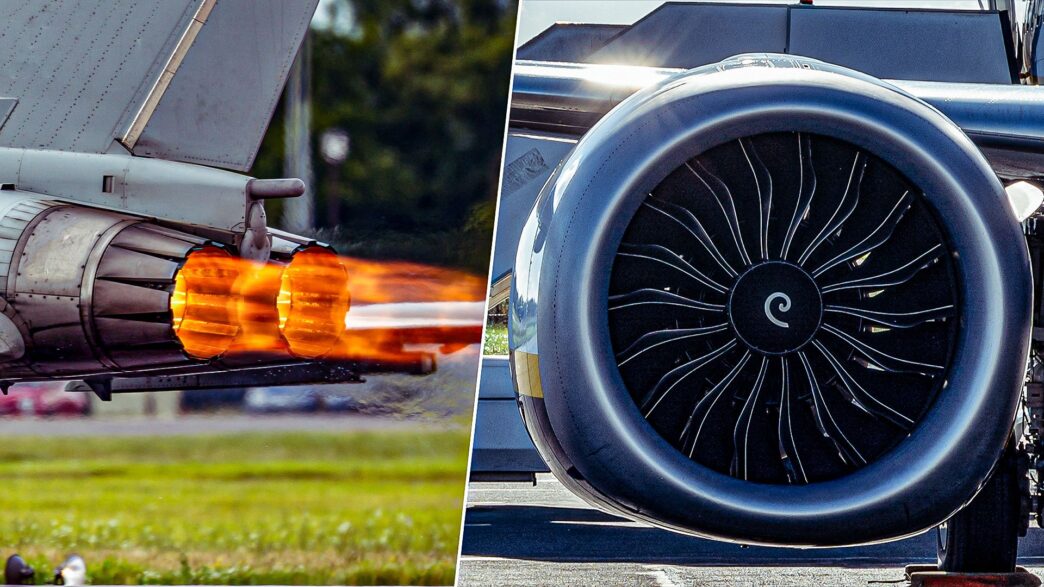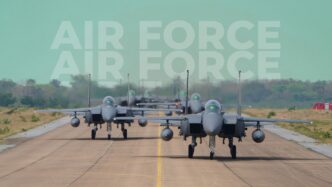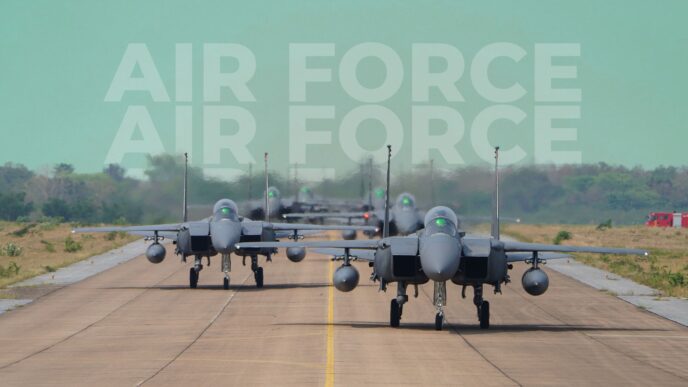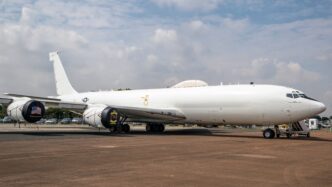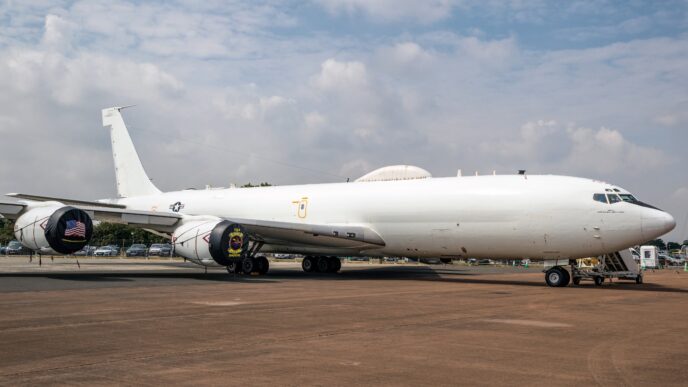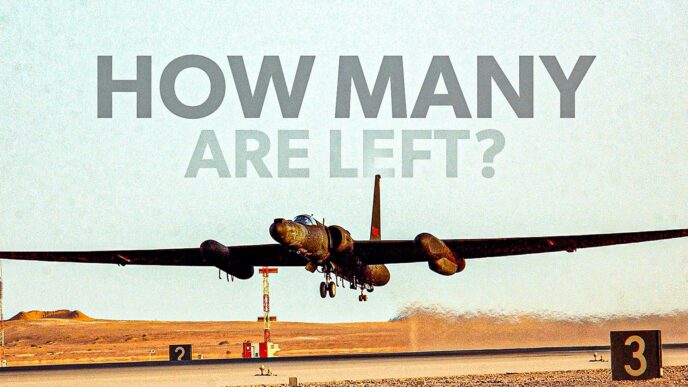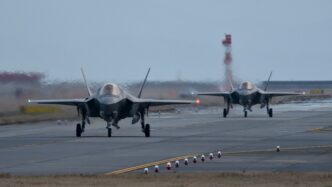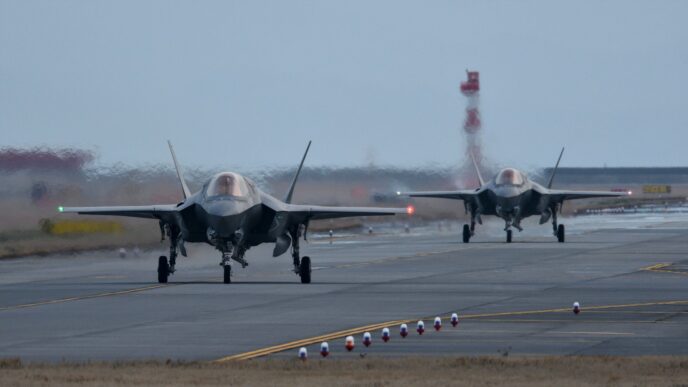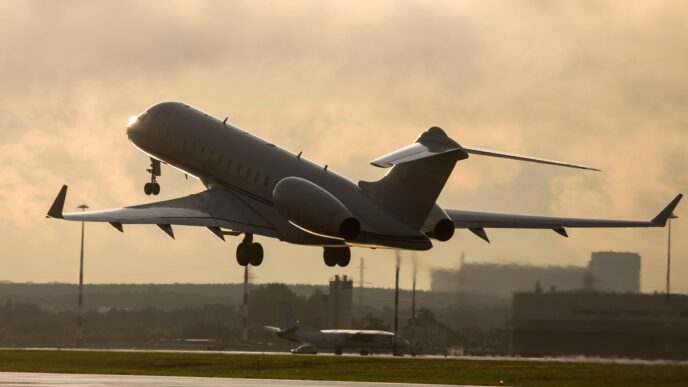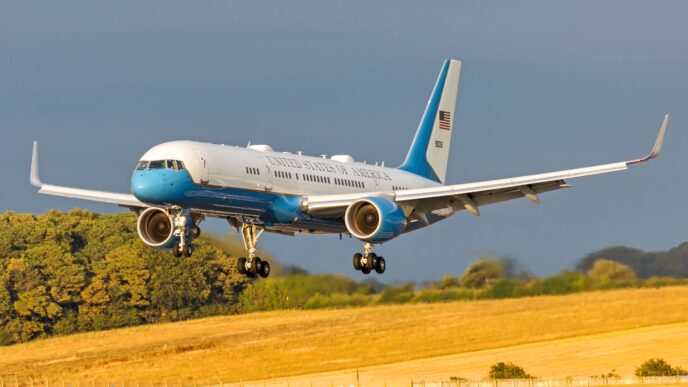Military and commercial aircraft engines can be worlds apart or surprisingly similar, depending on the type of military aircraft in question. While fighter jets boast engines that are vastly different from those on commercial planes, many military transport and patrol aircraft use engines that are either the same or closely related to those found in commercial aviation. Commercial planes typically rely on turboprop engines for smaller regional flights and high-bypass turbofans for larger aircraft. In contrast, the military employs a wider variety of engines, including turboprops, turbojets, turbofans, ramjets, and scramjets. Although the upcoming Boom Overture’s Symphony medium-bypass turbofan is an exciting development, it falls outside the scope of this discussion. Let’s dive into the key differences and similarities between military and commercial engines.
Fighter jet engines are a breed apart, designed for maximum performance rather than fuel efficiency. These aircraft are powered by low-bypass turbofan engines, unlike the high-bypass turbofans used in commercial airliners. Some fighter engines even feature afterburners, which provide a temporary thrust boost by injecting extra fuel into the engine. Additionally, military aircraft like the Lockheed SR-71 “Blackbird” have used turbo-ramjet engines to achieve speeds over Mach 3. While ramjets and scramjets are perfect for supersonic and hypersonic speeds, you won’t find them on commercial planes. Fighter jets are also built to be aerodynamically unstable, enhancing their maneuverability—a stark contrast to the stability-focused design of commercial airliners. This instability, combined with powerful engines, allows fighter jets to perform high-G maneuvers that would be catastrophic for a commercial aircraft’s structure.
When it comes to noise, commercial aircraft have come a long way. Modern engineering has made them much quieter than their predecessors. However, fighter jets remain loud, often heard before they’re seen. This is due to their low-bypass turbofan engines, which produce a high-velocity exhaust stream, making them significantly noisier than their commercial counterparts. Despite the noise, these engines are crucial for the speed and agility required in combat situations.
#Aviation #MilitaryVsCommercial #JetEngines #FighterJets #AerospaceTechnology
Originally reported by Simple Flying Read More
